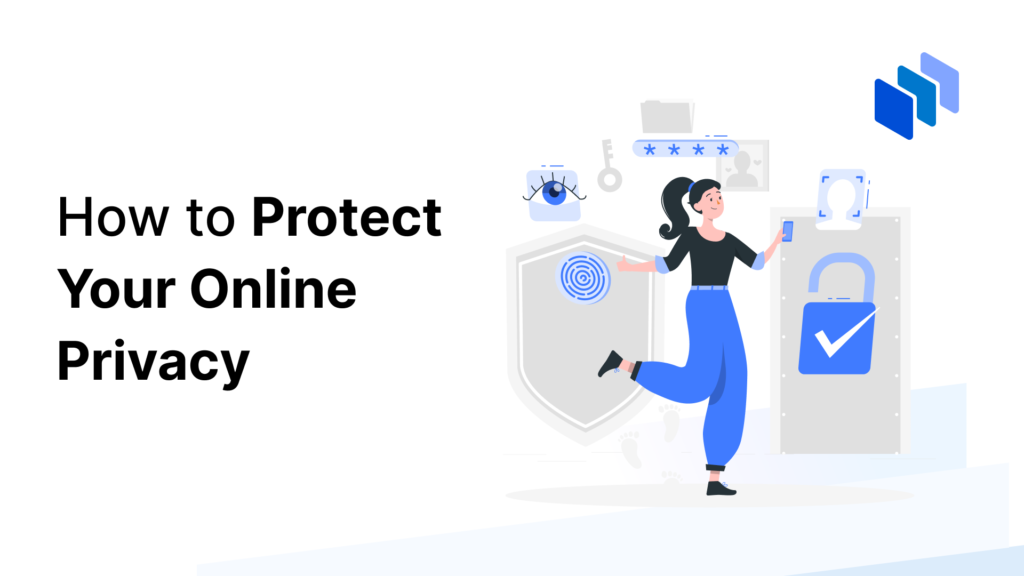Understanding Online Threats

In today’s interconnected world, online threats have become increasingly sophisticated and pervasive, posing significant risks to both individuals and businesses. Understanding the nature of these threats is the first step in safeguarding valuable data. Among the most common online threats are malware, phishing, and ransomware, each of which can severely compromise personal and financial information, as well as sensitive business data.
Malware, a broad category of malicious software, includes viruses, worms, trojans, and spyware. This type of software infiltrates systems to steal, corrupt, or delete data. According to recent reports, malware attacks have surged by 358% in the past year alone, emphasizing the urgent need for robust cybersecurity measures.
Phishing attacks, another prevalent threat, involve deceptive emails or websites designed to trick users into revealing sensitive information such as login credentials or credit card numbers. Cybercriminals often masquerade as trusted entities, making it challenging for even the most cautious individuals to identify the deception. A recent study revealed that 83% of organizations experienced phishing attacks in 2022, underscoring the widespread nature of this threat.
Ransomware is a particularly destructive form of malware that encrypts a victim’s data, rendering it inaccessible until a ransom is paid. This type of cyber attack can cripple businesses, leading to significant financial losses and operational disruptions. The Colonial Pipeline incident in 2021 is a stark reminder of ransomware’s potential impact, where the company paid a ransom of $4.4 million to regain access to its data and restore operations.
Other online threats include denial-of-service attacks that overwhelm systems with traffic, leading to outages and data breaches that expose sensitive information. Cyber espionage, often state-sponsored, targets businesses and government entities to steal intellectual property or confidential data.
These examples highlight the severity and prevalence of online threats. As cybercriminals continue to evolve their tactics, it is crucial for individuals and organizations to stay informed and implement comprehensive cybersecurity strategies to protect their data from these ever-present dangers.
Implementing Strong Password Practices
In the digital age, the importance of creating strong, unique passwords for different accounts cannot be overstated. A robust password serves as the first line of defense against unauthorized access and potential data breaches. To enhance security, it is essential to follow guidelines that ensure passwords are complex and difficult to guess.
When creating a password, consider using a combination of upper and lower case letters, numbers, and special characters. A minimum length of 12 characters is advisable, as longer passwords are inherently more secure. Avoid using easily guessable information such as names, birthdays, or common words. Instead, opt for random sequences or passphrases that are easy for you to remember but hard for others to crack.
One of the most effective tools for managing passwords is a password manager. These applications can generate and store complex passwords for you, ensuring that each account has a unique and secure password. Using a password manager reduces the risk of password reuse, which is a common vulnerability. Reusing passwords across multiple sites can lead to a domino effect if one account is compromised, potentially exposing all associated accounts to threats.
Regularly updating passwords is another critical practice. Set reminders to change your passwords periodically, and immediately update them if you suspect any suspicious activity. This minimizes the risk of long-term exposure if a password is compromised.
Be aware of common password-related pitfalls. Avoid writing passwords down where they can be easily found, and be cautious of phishing attempts that may trick you into revealing your credentials. Educate yourself on recognizing suspicious emails and websites that seek to steal your information.
By adhering to these strong password practices, you can significantly reduce the risk of falling victim to online threats and protect your valuable data more effectively.
Utilizing Two-Factor Authentication (2FA)
Two-factor authentication (2FA) is a security measure that requires users to provide two different forms of identification before accessing an online account. This additional layer of security significantly reduces the risk of unauthorized access, as it combines something you know (your password) with something you have (a secondary authentication method).
There are several types of 2FA methods available, each with its own benefits and potential drawbacks:
SMS-based codes: Upon entering your password, a unique code is sent to your registered mobile number via SMS. While convenient and widely supported, this method is vulnerable to SIM swapping and interception of text messages.
Authentication apps: Apps like Google Authenticator, Authy, and Microsoft Authenticator generate time-based one-time passwords (TOTPs) that must be entered along with your password. These apps are generally more secure than SMS-based codes, as they do not rely on a cellular connection and are less susceptible to interception.
Hardware tokens: Physical devices, such as YubiKey or RSA SecurID, generate or store unique codes that must be entered to gain access. These tokens offer a high level of security but can be less convenient due to the need to carry a separate device.
To enable 2FA on popular platforms:
Google: Navigate to your Google Account settings, select “Security,” and then “2-Step Verification.” Follow the prompts to set up your chosen method.
Facebook: Go to “Settings & Privacy,” select “Security and Login,” and then “Use two-factor authentication.” Choose your preferred method and complete the setup process.
Apple: Access “Settings,” tap your name, select “Password & Security,” and then “Two-Factor Authentication.” Follow the on-screen instructions to enable it.
Using 2FA is crucial in protecting your accounts from unauthorized access. By requiring a second form of authentication, you add an extra barrier that makes it significantly harder for attackers to compromise your data. Employing 2FA across all your online accounts is a proactive step toward safeguarding your personal information.
Practicing Safe Browsing and Email Habits
Practicing safe browsing and email habits is critical in safeguarding your data from online threats. One of the most fundamental steps is to ensure that your browsers and software are always up to date. Regular updates often include security patches that protect against newly discovered vulnerabilities. Automatic updates can be enabled for most browsers and software, ensuring you are always protected without needing to manually check for updates.
When handling emails, vigilance is essential to avoid falling victim to phishing attacks. Phishing emails often appear to be from legitimate sources, urging you to click on links or download attachments. Recognizing these emails involves checking for signs such as poor grammar, urgent language, and unfamiliar sender addresses. Always verify the sender’s email address and avoid clicking on links or downloading attachments from unknown or suspicious sources.
Using secure connections is another vital aspect of safe online practices. Ensure that the websites you visit use HTTPS rather than HTTP, as the former encrypts the data transmitted between your browser and the website, providing an extra layer of security. Additionally, avoid using public Wi-Fi for sensitive activities such as online banking or accessing personal accounts. Public Wi-Fi networks are often unsecured, making it easier for cybercriminals to intercept your data. If you must use public Wi-Fi, consider using a Virtual Private Network (VPN) to encrypt your internet traffic.
Security tools such as anti-virus software and browser extensions can significantly enhance your online safety. Anti-virus software helps detect and eliminate malware before it can harm your system, while browser extensions can block malicious sites and advertisements. Regularly update these tools to ensure they offer the best protection against the latest threats.
Ultimately, being vigilant and cautious while online is paramount. Always question the legitimacy of unsolicited emails and links, and adopt a proactive approach towards updating your software and using security tools. By integrating these practices into your daily routine, you can significantly reduce your risk of falling victim to online threats.

